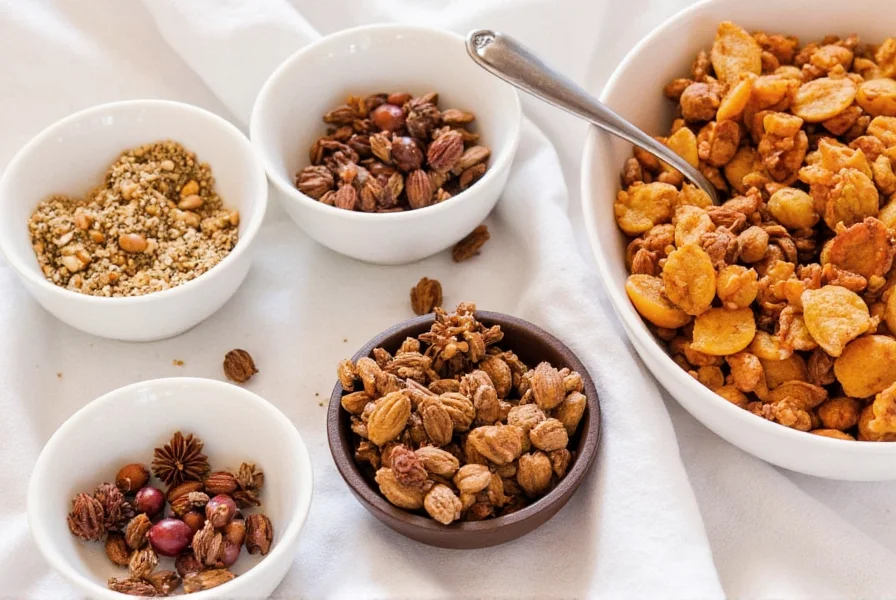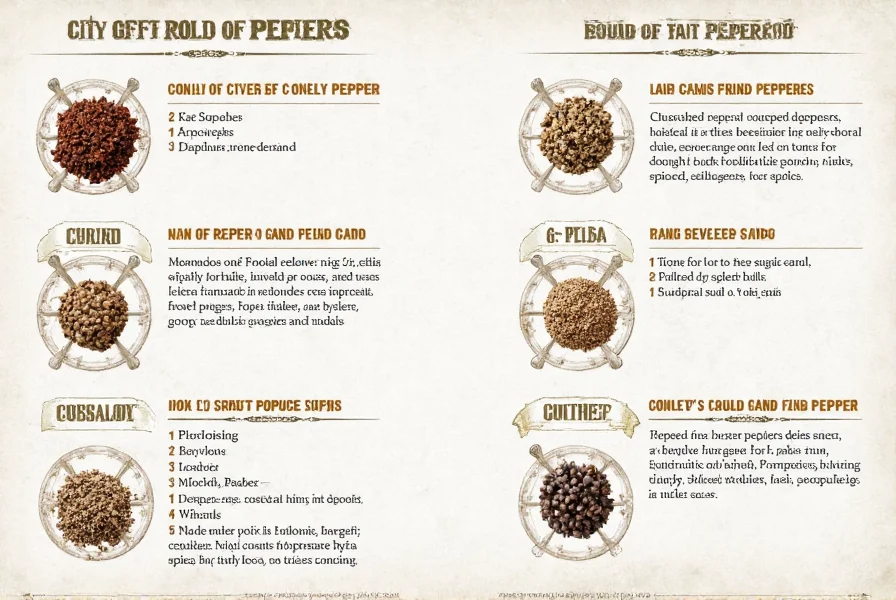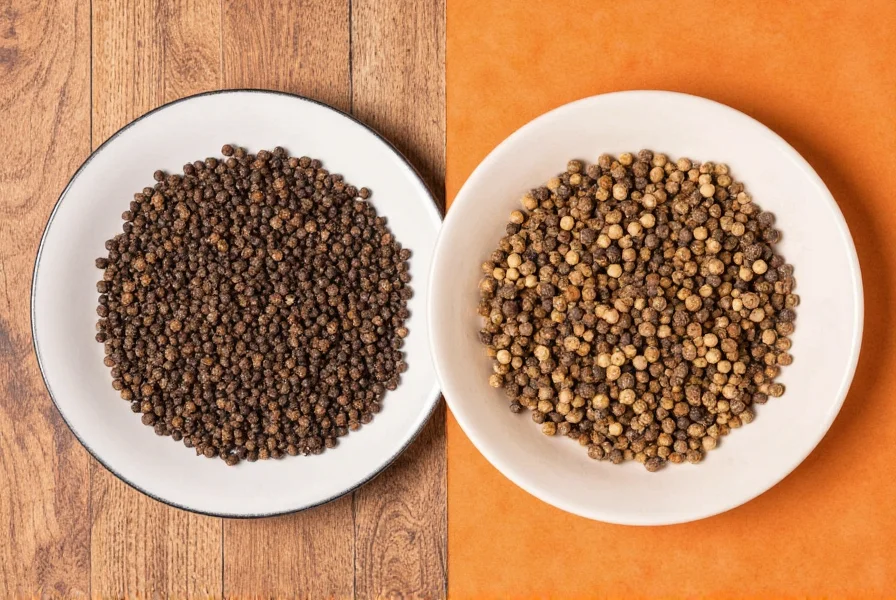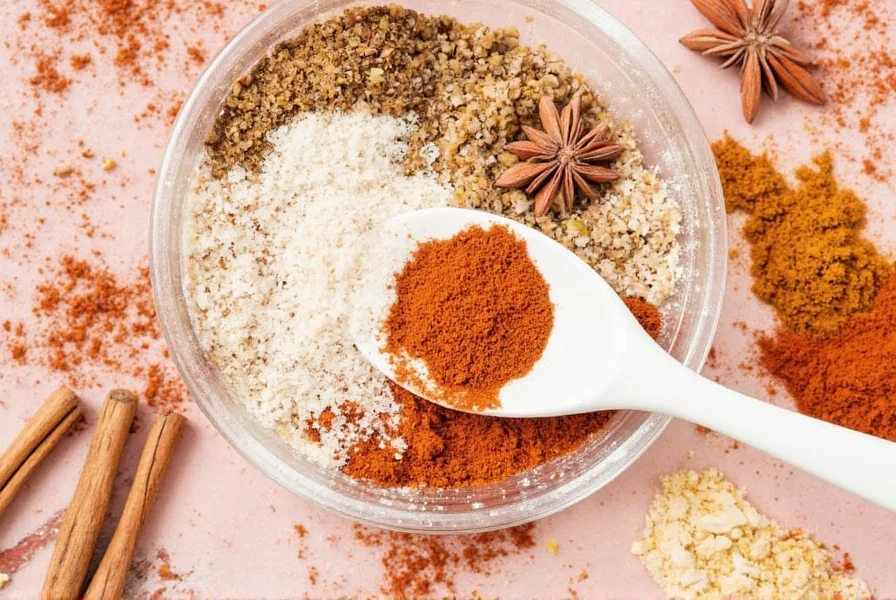Table of Contents
Introduction to Crushed Pepper
Crushed pepper is a fundamental spice that elevates countless dishes with its complex flavor and texture. Unlike finely ground pepper, crushed pepper retains a coarse structure that releases aromatic oils gradually, delivering a more nuanced heat and satisfying crunch. This guide covers everything you need to know about using this essential ingredient effectively.
What Is Crushed Pepper?
Crushed pepper consists of whole peppercorns that have been coarsely broken down, preserving their natural structure and essential oils. This process creates a more textured and aromatic experience than fine ground pepper. The key difference lies in the particle size: crushed pepper has visible grainy pieces (typically 1-2mm), while ground pepper is a uniform fine powder. This texture allows crushed pepper to deliver bursts of flavor and a pleasant mouthfeel in dishes where whole peppercorns would be too strong but powdered pepper would lack character.

Types of Crushed Pepper
Black pepper comes from the same plant but varies by harvest stage and processing. Here are the three standard types used in culinary applications:
- Black Crushed Pepper: Made from unripe green peppercorns dried until wrinkled and dark. It has a sharp, pungent flavor with floral notes and is the most versatile type for savory dishes.
- White Crushed Pepper: Created from fully ripe peppercorns with the outer layer removed before drying. It offers a milder, earthier heat without the floral notes of black pepper, making it ideal for light-colored dishes where visual specks are undesirable.
- Green Crushed Pepper: Produced from unripe peppercorns preserved in brine or freeze-dried. It has a fresh, grassy aroma and bright heat, perfect for seafood, salads, and delicate sauces.
Note: "Crushed red pepper" typically refers to chili flakes (from Capsicum annuum), not black pepper. True black pepper does not produce red crushed pepper as a standard variety.
How to Use Crushed Pepper in Cooking
Maximize flavor by applying crushed pepper at the right stage of cooking:
- Seasoning: Sprinkle over grilled meats, roasted vegetables, or soups during the final 2-3 minutes of cooking to preserve volatile oils.
- Marinades: Combine with olive oil, garlic, and herbs for 30+ minutes before cooking to allow flavors to penetrate.
- Finishing Touch: Add directly to finished dishes like pasta, risotto, or chocolate desserts for textural contrast and aroma.
- Infused Oils: Steep in warm olive oil for 1 hour (then strain) to create a versatile spicy drizzle for bread or salads.

Buying Guide for Crushed Pepper
Quality matters significantly for crushed pepper. Look for these key indicators:
Features to Look For
- Freshness: Strong, citrusy aroma and vibrant color (not dull or grayish)
- Texture: Consistent coarse grains (no powder or large chunks)
- Origin: Single-origin peppercorns from India (Malabar), Vietnam (Phu Quoc), or Madagascar
| Brand | Key Features | Best For |
|---|---|---|
| McCormick Crushed Pepper | Consistent flavor, great for everyday use | General cooking, seasoning meats, and soups |
| Sonoma Spice Co. Crushed Pepper | Organic, high-quality peppercorns | Chef's choice, gourmet dishes |
| McCormick Organic Crushed Pepper | Non-GMO, no artificial preservatives | Health-conscious users, organic recipes |
For maximum freshness, purchase whole peppercorns and crush them yourself just before use. Pre-crushed pepper loses potency rapidly due to increased surface area exposure.

Common Mistakes When Using Crushed Pepper
Avoid these pitfalls to preserve flavor integrity:
- Overusing: Crushed pepper is potent—start with 1/4 teaspoon per serving and adjust. Too much masks other flavors.
- Using stale pepper: Check expiration dates. Old pepper has weak aroma and flat heat.
- Adding too early: High heat destroys volatile oils. Add during the last 5 minutes of cooking for maximum impact.
- Improper pairing: Black pepper complements red meats and robust dishes; white pepper works best in creamy sauces and light-colored foods.
Frequently Asked Questions
What exactly is crushed pepper and how is it different from regular ground pepper?
Crushed pepper consists of coarsely broken peppercorns that retain some texture and structure, unlike finely powdered ground pepper. This coarser grind releases essential oils more gradually, creating a more complex flavor profile with noticeable heat and aroma. The texture difference also provides a subtle crunch in finished dishes that regular ground pepper cannot offer.
How does crushing affect flavor compared to whole peppercorns?
Crushing increases surface area exposure, causing essential oils to evaporate faster than whole peppercorns. Whole peppercorns retain potency for 2-3 years when stored properly, while crushed pepper begins losing aroma within 2-4 weeks. For optimal flavor, crush peppercorns immediately before use using a mortar and pestle or pepper mill.
Can I substitute crushed pepper for ground pepper in recipes?
Yes, but adjust quantities: use 3/4 teaspoon crushed pepper for every 1 teaspoon of ground pepper. Crushed pepper delivers more intense bursts of flavor due to its texture, so less is needed. For baked goods requiring even distribution, briefly pulse in a spice grinder before use.
How should I store crushed pepper to maintain maximum freshness?
Store in an airtight container away from light and heat. For longest shelf life (up to 6 months), keep in the freezer. Cold temperatures slow oxidation of volatile oils. Always use dry utensils when scooping to prevent moisture contamination.
Which type of crushed pepper works best for delicate dishes like fish or white sauces?
White crushed pepper is ideal for delicate dishes as it provides peppery flavor without visible black specks. Made from fully ripe peppercorns with the outer layer removed, it offers a cleaner, more earthy heat that won't discolor light-colored sauces. Green crushed pepper also works well with seafood, providing a fresher, more herbal note that complements delicate proteins.
Conclusion
Crushed pepper is far more than a simple seasoning—it's a flavor enhancer that transforms ordinary dishes through its unique texture and aromatic complexity. By understanding the differences between black, white, and green varieties, mastering proper storage, and applying it at the right cooking stage, you can unlock consistent, restaurant-quality results in your home kitchen. Always prioritize freshness by crushing peppercorns just before use for the most vibrant experience.











 浙公网安备
33010002000092号
浙公网安备
33010002000092号 浙B2-20120091-4
浙B2-20120091-4